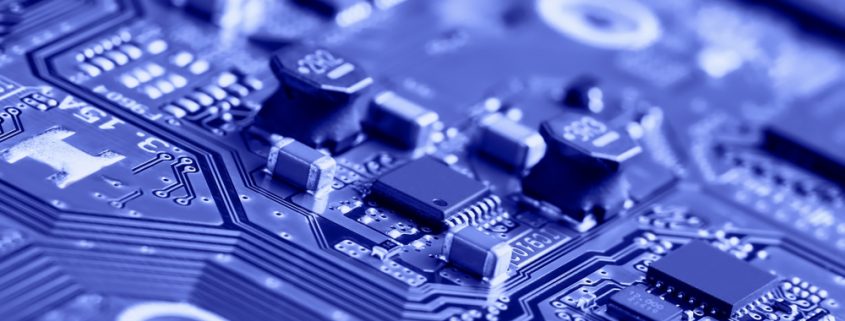Analog Design Tools and Resources: What You Need to Know
Analog design is crucial in developing various electronic systems, from communication devices to medical equipment. The precision and performance of these systems often hinge on the quality of the design. Designers rely on specialized tools and resources to achieve excellence in this field.
Essential Analog Design Tools
1. SPICE Simulators & Analog Design
SPICE simulators are indispensable in analog design. These tools allow designers to simulate and analyze the behavior of analog circuits before actual fabrication, saving time and reducing costs. Popular SPICE simulators include LTspice, PSpice, and HSPICE. These tools enable designers to test various circuit parameters, such as voltage, current, and frequency response, ensuring the design meets the required specifications.
LTspice is widely used due to its powerful simulation capabilities and extensive components library. PSpice, another industry-standard tool, offers advanced features like Monte Carlo analysis and worst-case analysis, helping designers evaluate the robustness of their circuits. HSPICE, known for its accuracy and reliability, is often used for high-precision designs in industries such as aerospace and automotive.
2. Analog Layout Editors
Analog layout editors are critical for translating circuit designs into physical layouts that can be fabricated. These tools provide a graphical interface for placing and routing components on a chip. Cadence Virtuoso and Mentor Graphics Pyxis are two prominent analog layout editors used in the industry.
Cadence Virtuoso offers comprehensive analog and mixed-signal design capabilities, including layout synthesis, verification, and analysis. Its advanced features, like automated routing and constraint-driven layout, help streamline the design process and ensure layout integrity. Mentor Graphics Pyxis, on the other hand, provides a user-friendly environment for analog layout, with features like interactive editing, real-time DRC, and powerful automation options.
Key Resources for Analog Design
1. Technical Literature and Tutorials
Access to high-quality technical literature and tutorials is essential for staying updated with the latest trends and techniques. Websites like IEEE Xplore, EDN Network, and Analog Devices EngineerZone offer numerous resources, including research papers, application notes, and design guides.
IEEE Xplore is a valuable resource for accessing peer-reviewed papers and conference proceedings on various related topics. EDN Network provides practical articles and tutorials written by industry experts, covering multiple challenges and solutions. Lastly, EngineerZone offers forums and technical support, allowing designers to interact with peers and seek advice on specific design issues.
2. Design Communities and Forums
Participating in design communities and forums can provide invaluable support and insights for analog designers. For example, online platforms like EDAboard, All About Circuits, and the Analog Devices Community offer a space for designers to ask questions, share experiences, and collaborate on projects.
EDAboard is a popular forum for discussing electronic design automation tools and techniques, with a dedicated section for analog design. All About Circuits hosts a vibrant community of engineers and hobbyists, providing a platform for discussions on analog circuit design, troubleshooting, and optimization. The Analog Devices Community, part of EngineerZone, offers direct access to Analog Devices’ engineers and experts, making it a valuable resource for resolving design challenges.
Conclusion
Analog design is a complex field that requires a deep understanding of circuit behavior and access to advanced tools and resources. SPICE simulators and analog layout editors are essential for designers to create and verify high-performance analog circuits. Additionally, staying informed through technical literature, tutorials, and participation in design communities can greatly enhance a designer’s skills and knowledge. By leveraging these tools and resources, engineers can excel and deliver innovative and reliable solutions for various applications.
Click here to learn all about Linear MicroSystems!
Linear MicroSystems, Inc. is proud to offer its services worldwide as well as the surrounding areas and cities around our Headquarters in Irvine, CA: Mission Viejo, Laguna Niguel, Huntington Beach, Santa Ana, Fountain Valley, Anaheim, Orange County, Fullerton, and Los Angeles.






